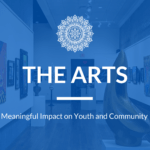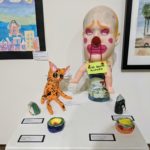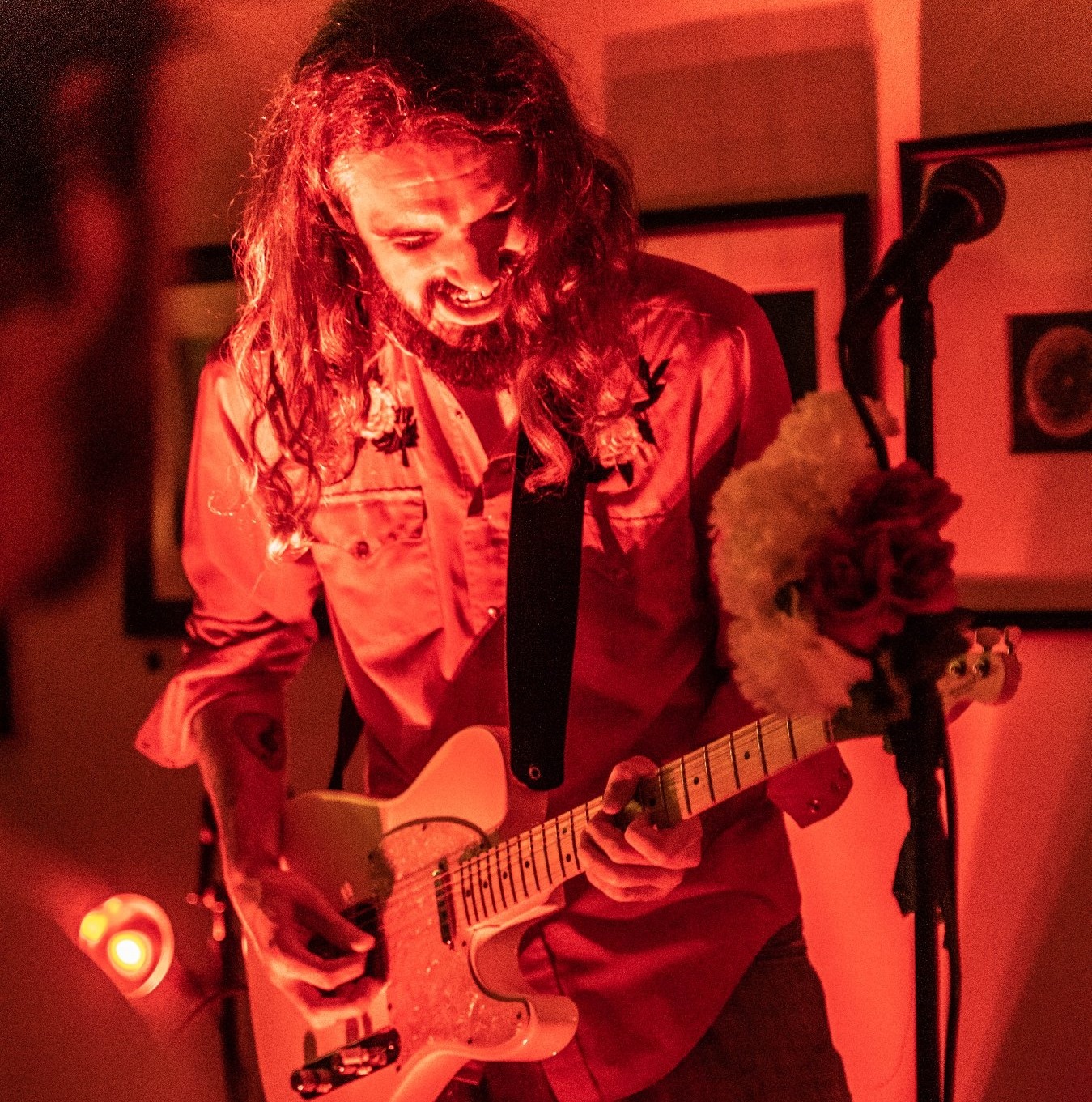

It’s my turn, I guess.
Heh, maybe that’s what I should call this blog.
As an empath, it’s difficult to find my own voice sometimes, and having co-workers who have displayed such polar opposite tones in blogs this week, I’m left reeling in how to go about this. Anne’s first post was so full of genuineness of heart and simplicity, which is spot on how she curates all things in her life. And Zach, well, he’s a professional writer, and there’s no comparing to his super well-thought-out, methodical, intentional musings. I work with brilliant people and it’s hard to live up to sometimes.
So. I will try my best to find and share my own voice here. If you’ve met me, you might have picked up that vulnerability is my bag; my preferred brand of disarming everyone I meet, and a great way to neglect things that are truly bothersome and hidden in my psyche, yadda, yadda, ya…
I’m rambling now, probably another defense mechanism, and certainly a way to procrastinate writing something with substance.
I’ve been thinking about creativity for, you know, obvious reasons that relate to working for the Arts Council, but also because we are all home and the impulse to create comes more often when we have fewer distractions.
People often assume that I make art, but I don’t. I mean, I DO, but not in a fine art way. For me, art is the banana with peanut butter, honey, and cinnamon I’ve been making nearly every day since lockdown. And of course, the little drawings I do at night before bed, or the 3D metal models I work on to ease my anxiety. But I also think it’s the way I have decided to arrange the living room furniture and wall art, or my handwriting when I’m in a good mood. Or the songs I make up about grating cheese (to the tune of Holding Out for a Hero by Bonnie Tyler, “I need to gra-ate! I need to grate cheese for this salad I ma-ade! It’s gonna be good and it’s gonna be right and I’m gonna eat this salad toda-ay”).
With the assumption that I’m an artist, I’m usually asked what media I use to create. Can I say bananas, thin sheet metal, end tables, and cheese graters? Maybe I can just say mixed media; that always fits better on a tag.
There’s a sense of ownership when we create, even if it’s small and we are the only ones who know it exists. Not just ownership of the art created, but in the sacredness and ritual of creation. The process itself is an act of art. My weird self-portraits are always in the same type of notebook, all timestamped in the same format, and kept neatly in a special place (mainly so no one will see them and judge me for how weird they are). Every part of it is important to the whole. Because, trust me, these drawings aren’t the greatest.
Our creations are pieces of ourselves we have allowed out. Even if we keep them in notebooks under our bed, they still managed to sneak beyond the confines of our souls, perhaps in hope that one day, someone might recognize them as bits they hide in their own shadows. They don’t need to be profound, but maybe interesting enough to get an old 80s song stuck in someone else’s head all day. With enough practice of letting the world see us in small ways, perhaps we can relate and connect deeper when we find out it’s not so scary to share our own voices.
Published April 4, 2020








